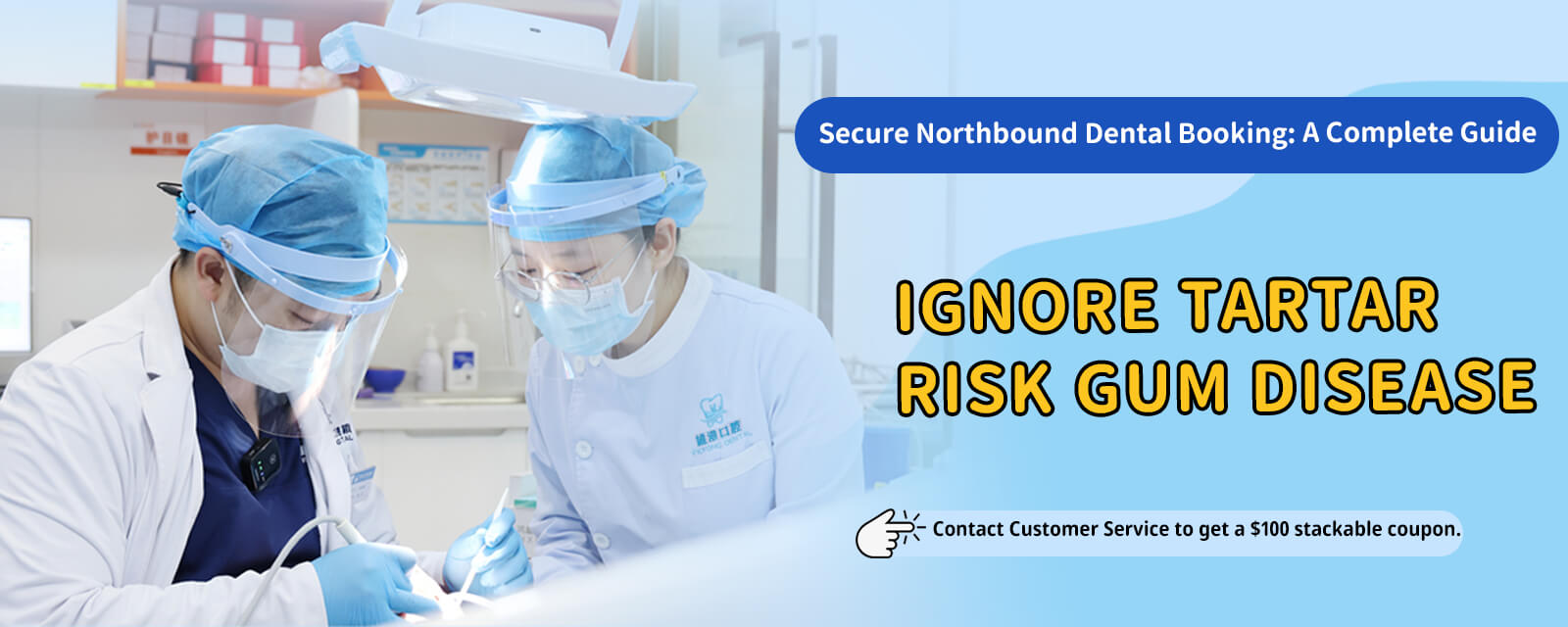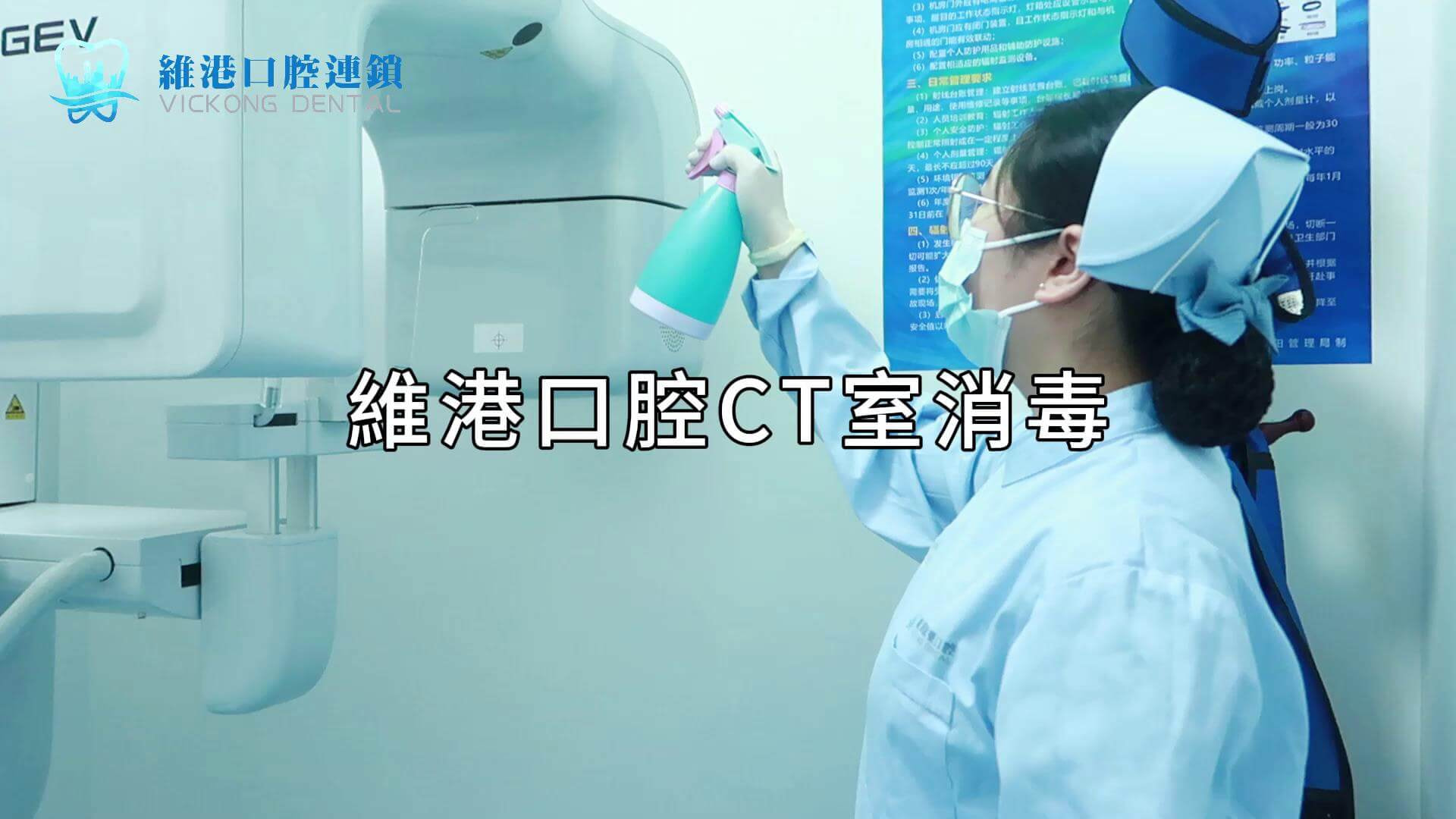### Is It Better to Get a Single or Full Mouth Dental Implant in Mainland China?
In recent years, many people from Hong Kong have considered going to Mainland China for dental implants. The reasons vary: some believe there are more options and mature techniques, while others want to experience different service models. However, when it comes to making the actual choice, a common question arises: should you opt for a single implant or a full-mouth restoration? The answer isnt one-size-fits-all and depends on your oral condition and lifestyle needs.
### Understanding Single vs. Full Mouth Dental Implants
A single dental implant refers to replacing a missing or damaged tooth with an artificial root implanted into the jawbone, followed by the attachment of a dental crown. This method suits individuals with generally healthy teeth but localized problems, avoiding extensive changes to the oral structure.
Full mouth dental implants are typically indicated for individuals with poor dental conditions or significant tooth loss, often resulting from years of periodontal disease, cavities, or loose teeth impairing overall bite function. The full-mouth solution generally involves placing multiple implant roots, topped with permanent or removable dentures, providing both functional and aesthetic improvements.
### How to Determine Which Solution Suits You
If youre missing just one or two teeth and have healthy surrounding teeth and sufficient jawbone mass, a single implant is straightforward. It preserves existing dental structure, minimizes surgical scope, and offers a relatively short recovery time.
Conversely, if your dental quality is poor, with many loose or missing teeth affecting eating and speaking, a full-mouth solution should be considered. Although it entails a longer surgery and detailed preoperative assessments, the result is a set of healthy, aligned teeth that significantly enhance your quality of life, improving bite strength and speech clarity.
### Key Considera

tions for Going to Mainland China for Dental Implants
When opting for dental implants in Mainland China, first choose a reputable and professionally accredited dental facility. Its advisable to review customer feedback and clinical case studies beforehand. Beyond surface-level information, discuss your dental history, past treatments, and oral hygiene habits with the dentist in detail.
Cities and clinics may have varying treatment philosophies and steps, so ask about pre-surgery evaluations, surgical procedures, and post-operative follow-up arrangements. Also, organize transportation and accommodation as dental implants typically require several follow-ups to ensure the implants stabilize and the crowns fit well.
### Post-Operative Care and Lifestyle Habits
Regardless of whether you choose a single or full-mouth solution, post-operative care is critical for success. Avoid hard or chewy foods initially to allow sufficient time for bone and implant integration. Maintain good oral hygiene, including thorough daily brushing, flossing, or using interdental brushes, and regular dental check-ups to prevent periodontal issues that could compromise the implants stability.
Pay attention to lifestyle habits, such as quitting smoking and reducing sugary diets, as these can impact dental and gum health. Over the long term, proper care can extend the lifespan of your implants, making your investment worthwhile.
### Conclusion
Choosing Mainland China for dental implants has become popular, but whether to opt for a single implant or a full-mouth restoration depends on your actual dental condition. Single implants suit localized issues, while full-mouth implants are for comprehensive improvements. The most important step is finding a trustworthy dental facility and adopting good maintenance habits to ensure a smooth and effective process. Whatever your choice, dental implants are not just about comfort when biting, but also an investment in your quality of life and confident smile.

























